Is resume paper still a thing? The answer is yes — resume paper is a relevant subject today for the same reasons it was in the pre-digital age, even if printed hard copies are needed far less often. In fact, the number of considerations for making informed choices about resume printing paper may surprise you, both on the practical and esthetic side.
That the overall quality of resume paper is better than ordinary printer paper is fairly obvious. Typically, it feels heavier and looks noticeably nicer than regular printer paper. But with so many different types of resume paper available, comparisons among them are less straightforward. In the following guide, we will be covering:
- What resume paper is
- The best color, weight, material and texture of resume paper
- Expert tips and insights on how to choose the right paper.
What is resume paper?
It’s easy to explain what resume paper is not. Except for the letter-size dimensions, resume paper is not the same as ordinary printer paper (sometimes called “copy” paper — as in office copier). Resume paper is designed specifically for printing resumes and cover letters, and may also be used as stationery for a wide variety of other specialty purposes.
One size does fit all
Your only choice for resume paper should be the letter-size standard — 8.5 by 11 inches in the U.S. or A4 in other parts of the world — the same as ordinary printing paper.
What do you need resume paper for?
Of course, the content of an outstanding resume should always be worth more than the paper it’s printed on. But there’s no question the document’s look and feel when placed on a desk or in someone’s hands can make a critical difference, for better or worse.
So when exactly does this matter? With online job applications being the norm nowadays, how likely is it that anyone in the hiring organization is going to print your resume on special paper, if they even print it at all? Shouldn’t the PDF version be your only preoccupation when it comes to resume design elements?
There are three modern-day situations where job seekers need printed copies of their resume, on the best quality resume paper they can afford:
- Mailing or hand-delivering your resume to an employer.
- Handing out during a face-to-face job interview — either your resume alone or prefacing a portfolio of work samples.
- Leaving your resume with recruiters at a job fair.
Your choice of resume paper will affect the overall impact on those who first notice the printed copy you’ve provided and hold it in their hands while reading. What do you want recruiters to see and feel? Optimizing the way your printed resume will be “experienced” by the target employer is the goal of selecting the best resume paper.
What is the best paper for your resume?
As a key takeaway from our occupation-specific writing guides and resume examples, we emphasize the importance of tailoring every version of your resume to the specific job you are applying for, along with the employer and industry. Then take the same customized approach a step further in choosing a resume design template with cohesive formatting elements, perhaps harmonizing with the employer’s visual identity.
Resume paper options add one more layer of compatibility considerations. Take cues from your resume design template in finding the best resume paper fit. Just as financial or legal professionals are well served by a meticulously buttoned-down resume design template, a resume paper that emits minimalist, premium-quality vibes would do justice to their printed resume document.
Resume paper for a management or executive job application should convey a polished sophistication that reflects attention to detail. An understatedly simple look on paper — without sacrificing quality — would be just fine for most entry-level job applicants. There’s more leeway in creative and artistic fields to consider less conventional resume paper colors and textures. Other resume papers lend themselves to manufacturing or high-tech job markets.
So how do you choose which paper to print your resume on?
Choosing the best resume paper is largely a matter of personal preference — not just your own, but also your best guess about those on the receiving end of your resume. HR research data can be somewhat helpful in determining which printing paper is your safest bet or could land your resume in the reject pile without being read. But it still comes down to subjective assessments when people are asked to pick this or that favorite.
The good news is that each of the following decisions you make about the perfect resume paper need not be complicated. We’re going to keep it simple as possible so overthinking doesn’t bog you down.
While HR research has yielded no conclusive verdict on any overall “best” choice of resume paper, the consensus on these two characteristics is solid.
- Weight: 32lb.
- Material: Cotton content should be at least 75%, and ideally 100%
Resume paper color: one or the other
White or ivory? Seldom should a passing thought be given to any other resume paper color… and then pretty much only in special creative circumstances when you’re certain the employer would be enthused. Notwithstanding the dozens, or even hundreds, of different white and ivory shade variations, your paper color can be narrowed down to this “either-or” choice.
But not so fast … because the white-versus-ivory question is often not simple or obvious at all. It may require a tougher judgment call than any other resume paper consideration.
Deciding whether your resume looks better on a white or ivory background depends on the resume design template you’ve chosen, alongside the image you want to project. Experimenting with both paper colors is the only way to be sure.
New York resume template
Our New York template is monochromatically clean and refined with elegant graphic touches. You could never go wrong with white or ivory paper, but ivory might give you a distinctively worthy edge.
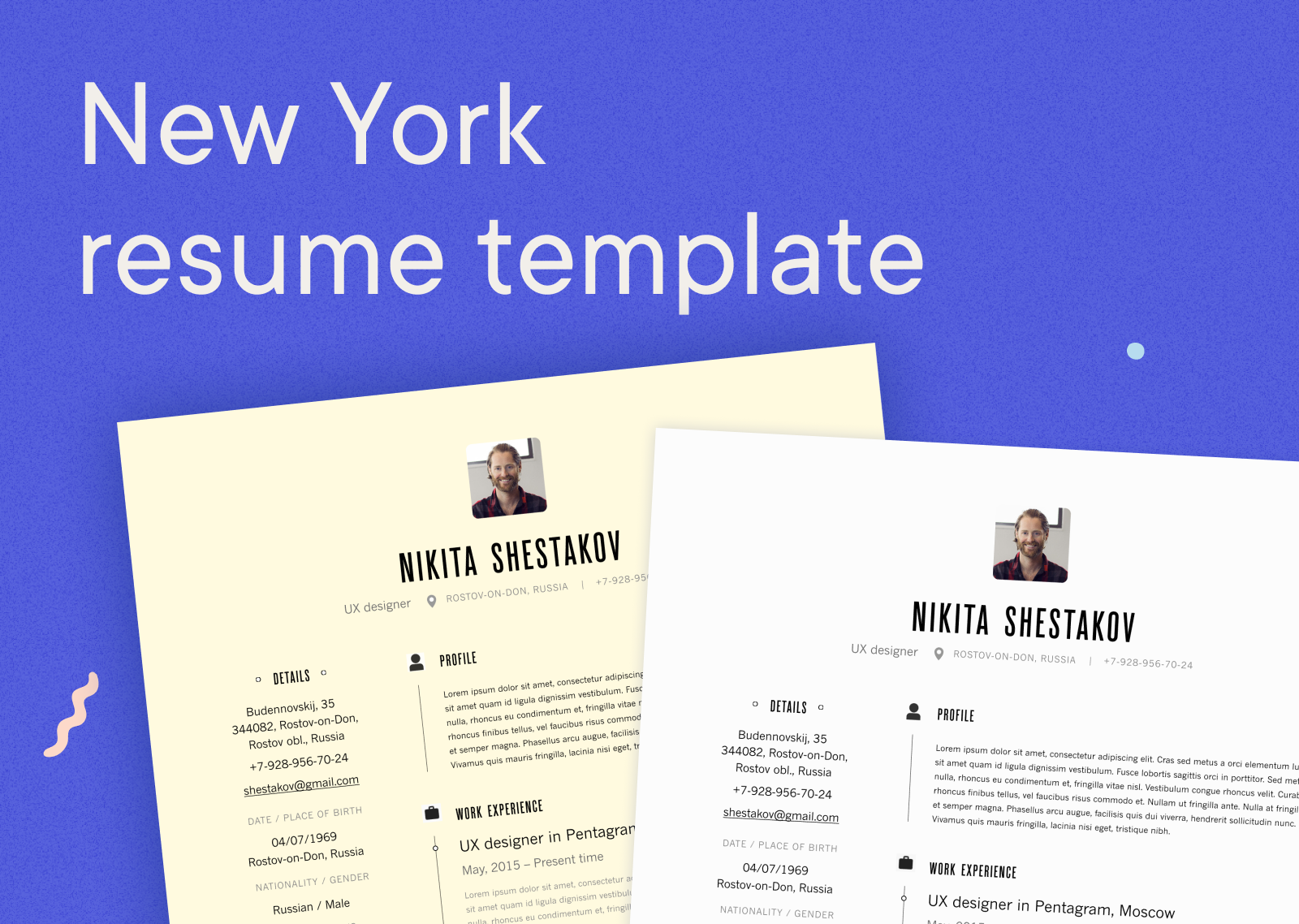
Sydney resume template
Sydney makes a vibrantly modern statement by adding a side column of transparent text and graphics against a solid dark-colored fill. White or ivory paper are equally effective, but ivory shows more originality. Be sure your printer is up to the task of producing color true and deep enough for high-quality results.

Amsterdam resume template
Our Amsterdam resume template also features a side column with a solid background fill. But instead of a 100% dark color, it’s a light shade of grey that does not show up as well on the ivory paper. So in this case, white resume paper is a better choice.
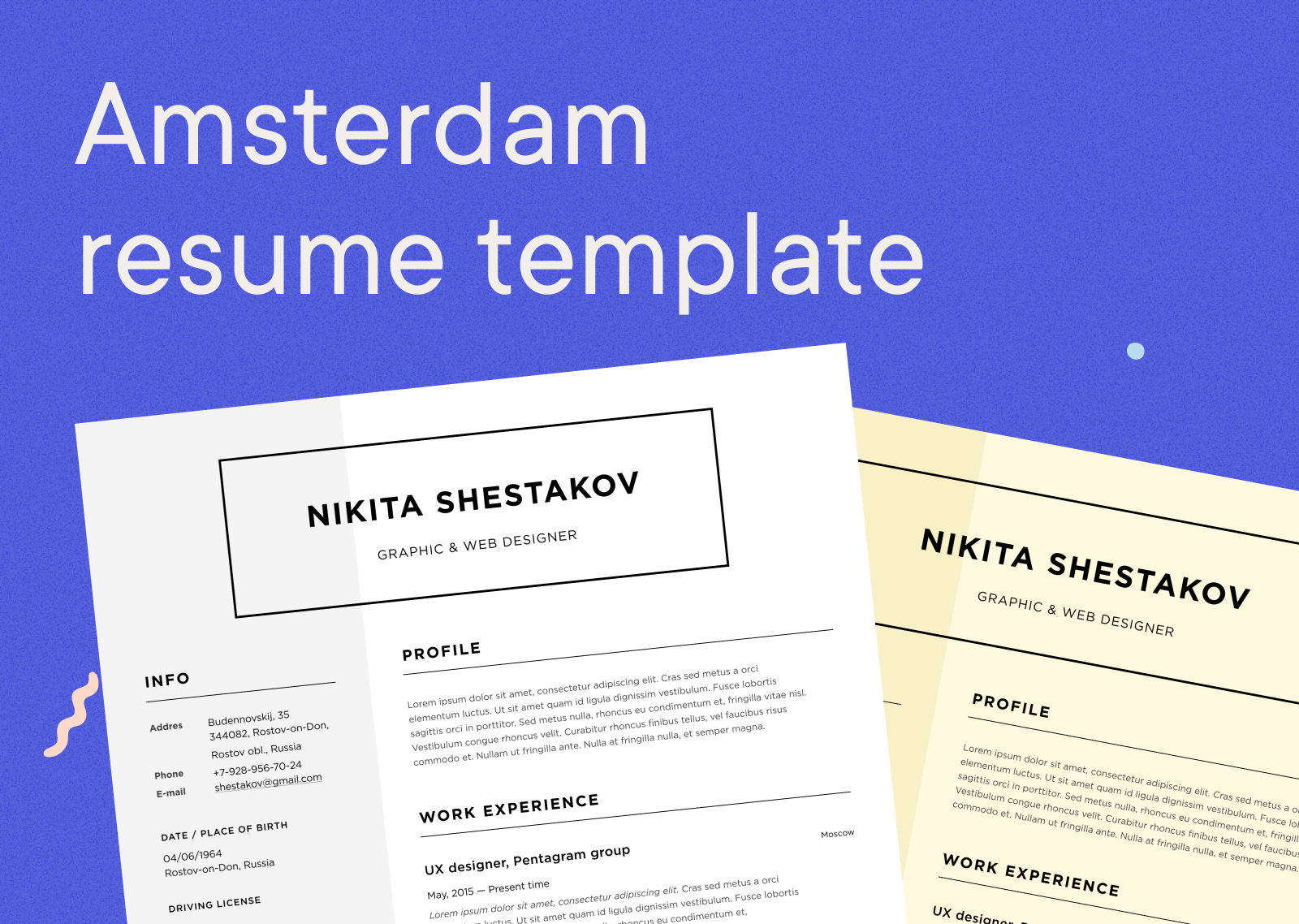
With leading job search experts yet to rule unanimously on a verdict favoring white or ivory resume paper across the board, we can only offer these general areas of consensus.
| White resume paper | Ivory resume paper |
| Safest, foolproof color option eliminates guesswork. | Instantly conveys individuality by making your resume stand out in a sea of white others. |
| Clean, crisp, easy-to-read and makes colors pop. | Adjectives often used to describe the effect: classic, professional, pretty, nice, rich, elegant, classy, sophisticated, refined, timeless. |
| Greatest assurance of legibility, crucial for graphics, non-black colors, light colors and any color shade at less than 100% opacity. | Well-suited to resume templates with minimal graphics and solid dark colors at 100% opacity. |
Resume paper weight: worth your weight in words
This may actually be your least weighty decision about the best resume paper for printing. Paper weight refers to thickness and density characteristics affecting the printed appearance, as well as the feel and durability. Thinner, lighter-bodied sheets of paper are more transparent and less crumple-proof.
Increases in paper weight come with improved product quality and professionalism — real and perceived. A resume that looks and feels firmer and less flimsy will stand out in the stack with good reason, psychologically lending solidness to the job application.
Printing paper weight is measured in pounds per “ream” — equal to a package of 500 sheets. With 20 lb. being the standard printing paper weight, resume paper is generally also available in two heavier weight options: 24 lb. and 32 lb..
Of the three resume paper weight options typically available — 20 lb., 24 lb. and 32 lb. — you’ll never regret splurging on 32 lb.
Resume paper material: the content you write on, not about
Resume content takes on a whole new tangible meaning when we talk about what the paper itself is composed of. Paper material is a key quality indicator of your printed resume document, sometimes relevant to the weight and texture.
The most significant make-or-break impact of resume paper material comes from the percentage of cotton content. From 0% to 100% in relation to standard wood pulp composition, the higher the cotton content in your resume paper the better the quality and durability. With less light reflection, cotton enhances the richness and depth of ink color. It contributes both softness and crispness to the paper feel.
As a preferred resume paper material, cotton scores extra marks for eco-friendliness. Other environmentally sustainable materials include bamboo and linen, the latter appreciated for its lovely resemblance to the woven cloth made from the same flax plant source.
Not sure which resume paper to pick? Feel it an see!
Often, when you're ordering things online, you don't see (and feel) them until they arrive. However, if you're stuck choosing between different types of resume paper, it may help to touch the options. Head to a retailer and test out the different varieties.
Resume paper texture: the full finish
We’ve saved resume paper texture until last to address here, but by no means is it the least important. Resume paper “finish” — in both visual and tactile senses of the word — can make the biggest difference in achieving the finished product you desire.
Again, your decision should reflect your resume design template, particularly graphic elements whether it incorporates colors other than black. Experiment with a variety of paper textures to assess which one will achieve the desired effect.
Plain
Plain resume paper is self-explanatory in terms of the texture it lacks, as opposed to having any distinctive finish. Its plainness is familiar to everyone as a staple in every office. It’s a failsafe choice for showcasing your printed text and graphic elements without detracting or sacrificing legibility.
But by no means is plain paper synonymous with bland. As discussed in the previous section, the higher the percentage of cotton composition, the more striking the impact.
Linen
The unmistakable resemblance of linen to a finely stitched canvas or woven tablecloth is what makes it such a popular choice of paper texture. The look and feel of linen imparts a sense of premium quality, lending itself to virtually any resume template.
In this context of resume paper finish, bear in mind that the paper material need not be linen (see previous section). In fact, the subtly embossed crosshatch pattern is often achieved using 100% cotton paper.
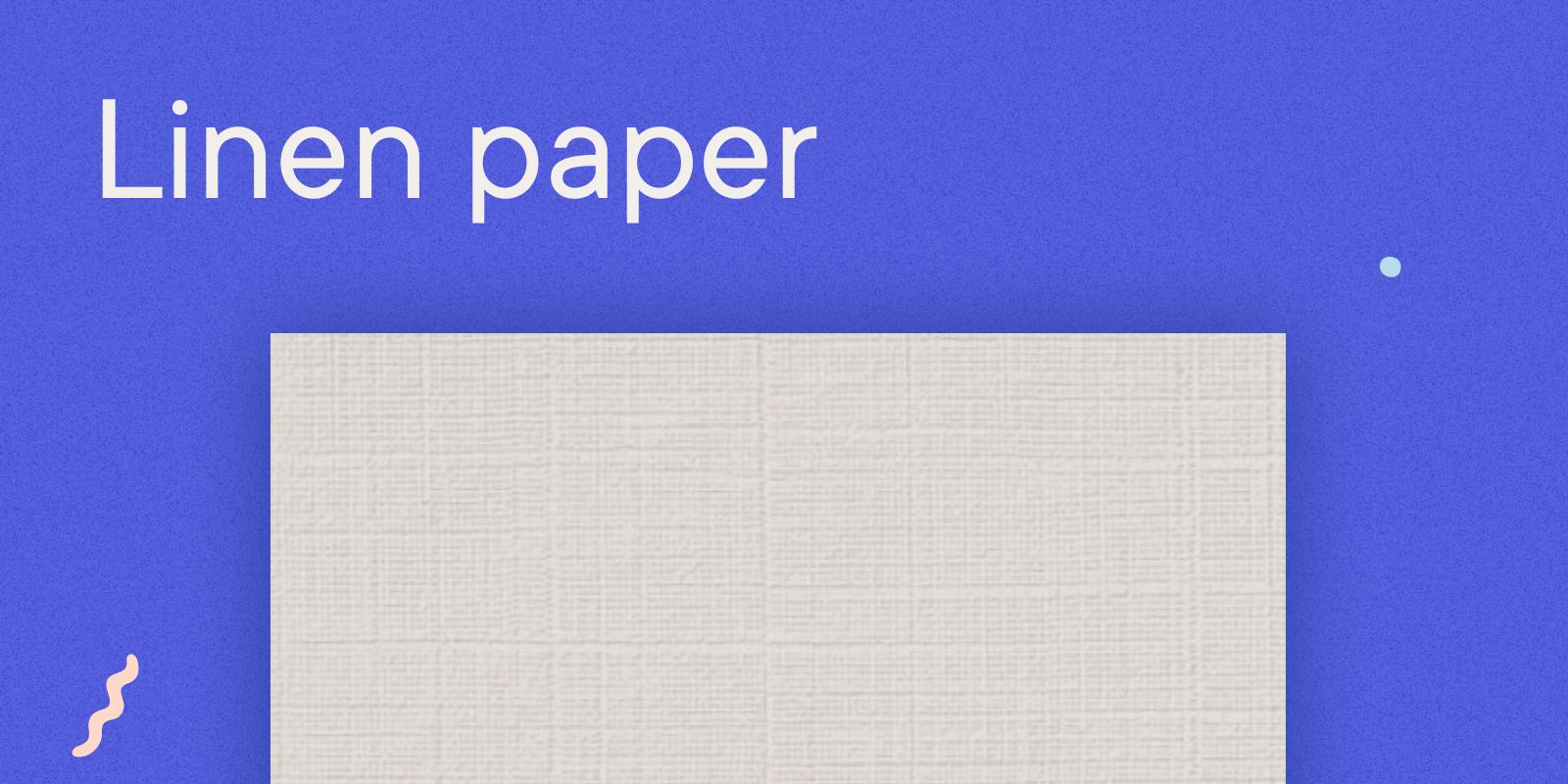
Parchment
The vintage elegance that makes parchment paper an obvious choice for official documents, diplomas, formal invitations and special event programs makes it an iffy option for resumes. Employers could very well be impressed — but not always in a good way. In the eyes of some beholders, parchment imparts formality and class. Others are turned off by what they perceive as trying too hard, if not pretentious.
The marbled effect of parchment-textured paper makes it unreliable for resume design templates with non-black text and graphic elements, which can be obscured. Beware also that some parchment paper colors may have greyish or greenish overtones.
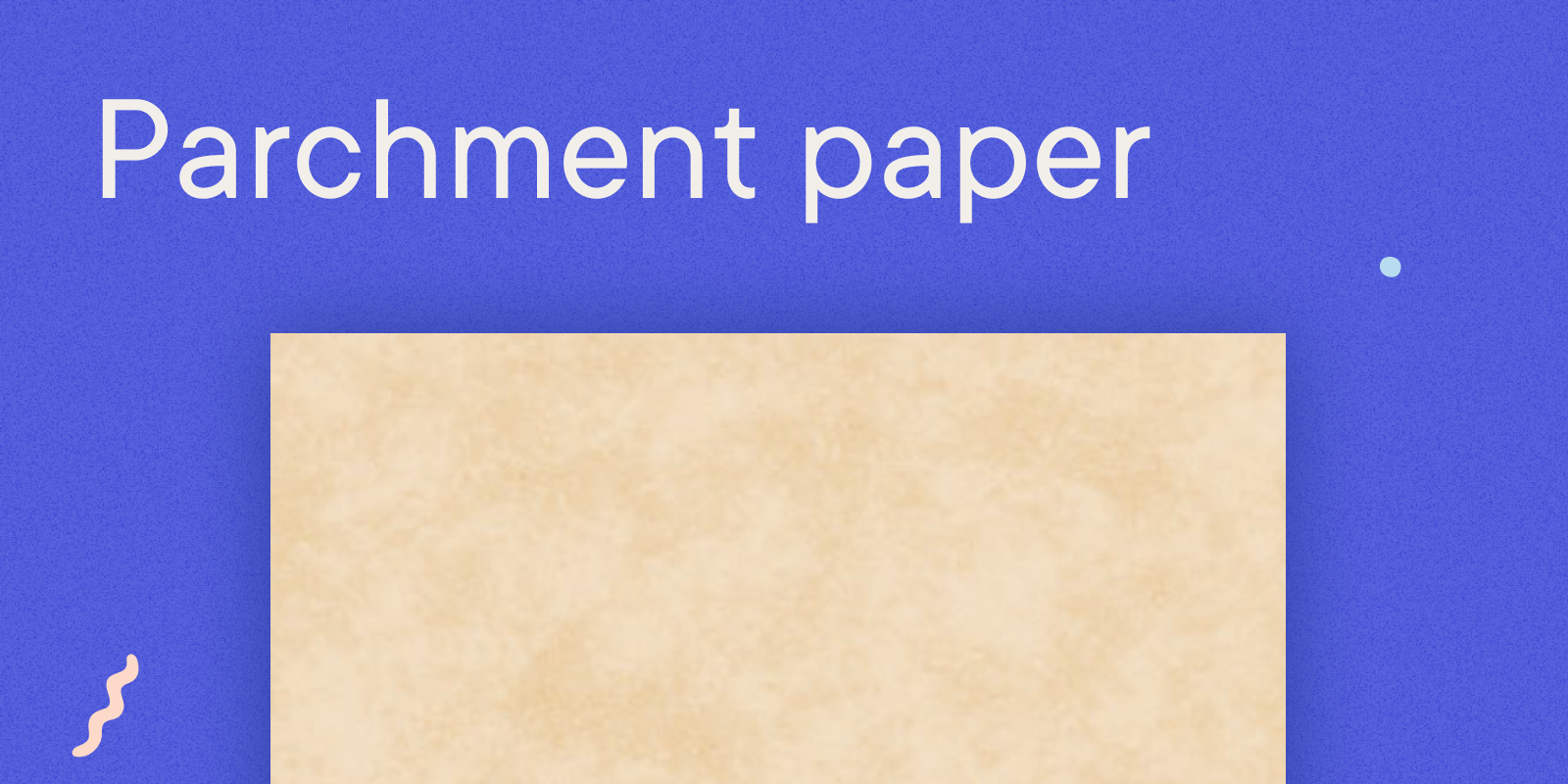
Granite
Resume paper with a granite finish can be the best of both worlds for a look that’s refined and understatedly original. There’s a sense of style and substance in the appearance and touch. The quality of printed text and graphics on the smooth, fleck-patterned surface is generally good. One possible drawback is that the paper shade may be darker overall.
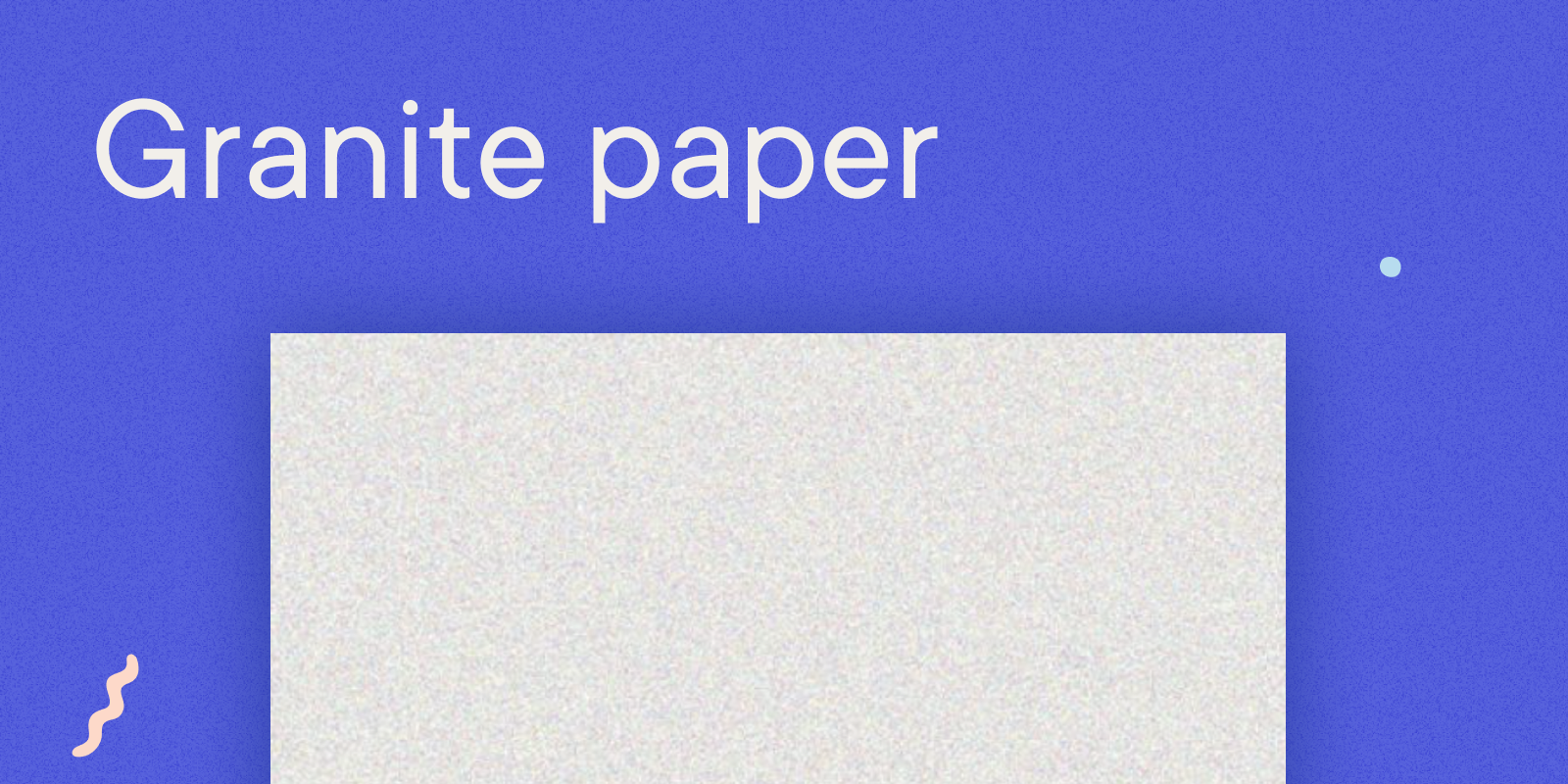
Laid
Resume paper with a laid finish replicates the Old World look of paper when the manufacturing process was first invented. The embossed “chain line” pattern is similar to the impressions made by antique machinery.
The main drawback of laid paper for resumes is the very thing that makes it unique and sophisticated. Those texture-defining raised lines can interfere with printing quality, and even cause missed spots. Laid paper is not recommended if your resume contains many solid dark areas. Access to a high-caliber printer is vitally important.
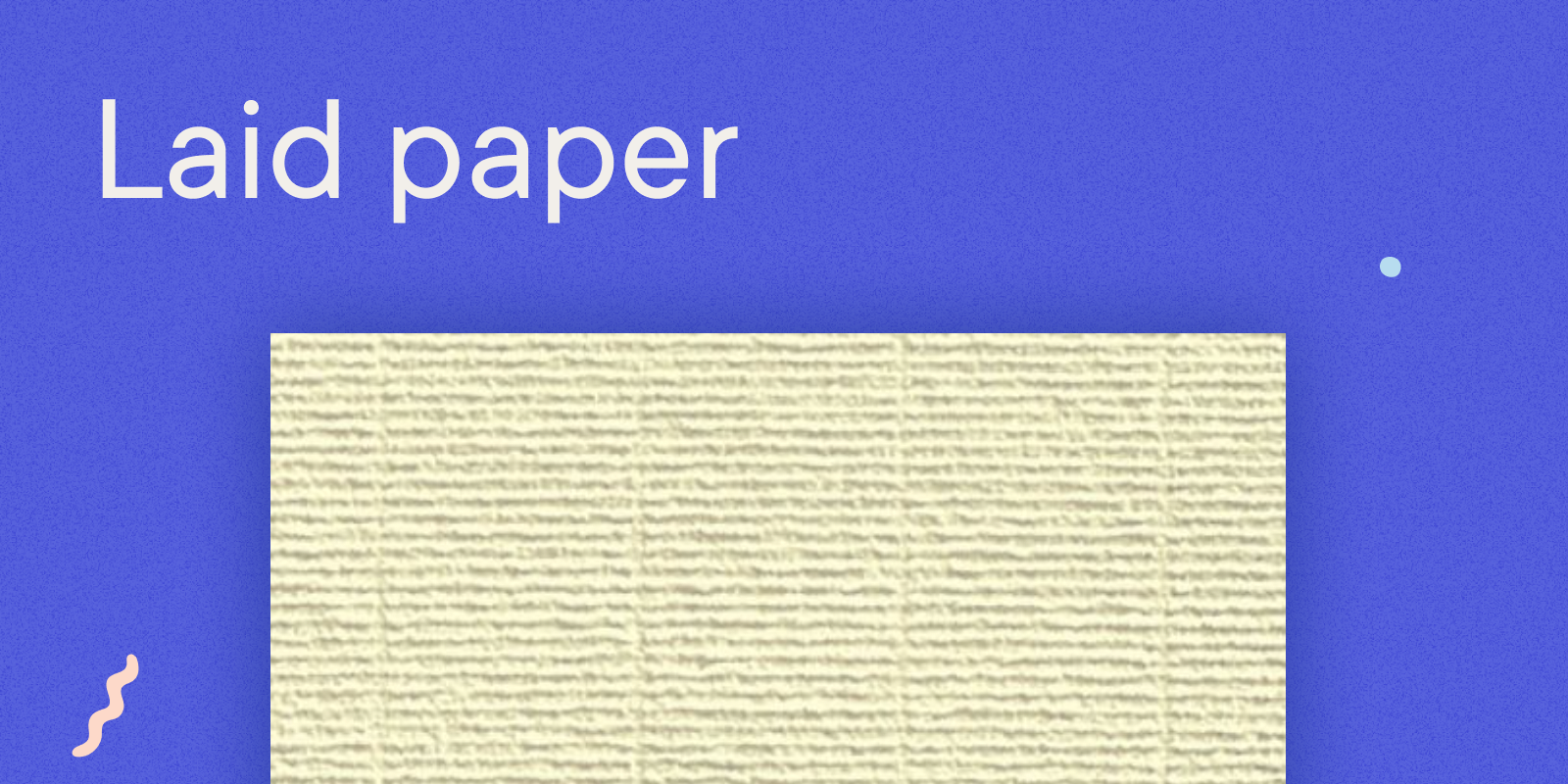
Where to buy resume paper
Once you’ve decided which type of resume paper to use, shopping for it should not be too difficult. You can either head to the stores and find the resume paper you need, or shop for it online. Here's a quick breakdown of where you can get the best resume paper:
In person
- Local retailers like CVS, Walmart, Target or Walgreens should have a decent selection of basic resume paper.
- For a much wider variety of paper colors, weights and finishes, visit your nearest office supply store such as Staples, Office Depot or FedEx Office.
Heading to a stationery retailer? Don't miss this trick.
Consider printing your resume at one of these locations while you are at it, even if you have a printer at home. An office supply retailer can be a convenient, affordable and dependable option for professional-quality results.
Online
Key takeaways
- The predominance of online job applications has not rendered resume paper obsolete. Printed resumes are still needed for mailing or hand-delivery to an employer, in-person job interviews and job fairs.
- Resume paper quality can make or break the recruiter’s first impression of a job applicant’s professionalism and attention to detail.
- Besides affecting the overall impact of your resume, the paper color, weight, material and texture can influence the appearance of text and graphic graphic elements, for better or for worse.
- With resume paper choices largely subjective, there are no hard and fast rules, only general guidelines. Strive for compatibility with your resume design template, which should already be a good fit with the occupation, employer and industry.





